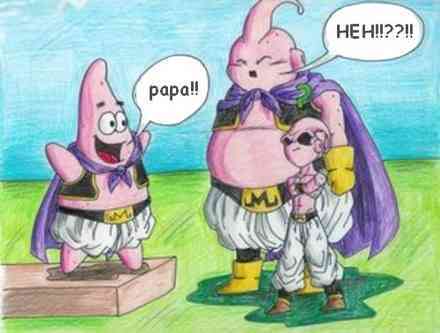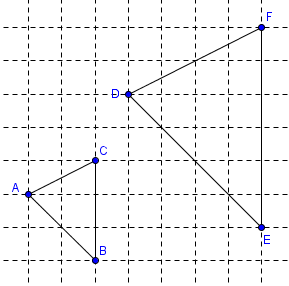Understanding Point Symmetry
In the previous post, we have learned about line symmetry. In this post, we are going to learn about point symmetry, another type of symmetry.
If a figure is rotated 180 degrees about a point and it coincides with its original position, then it is said that the figure has point symmetry. The point of rotation is called the point of symmetry.
The figure below shows the point symmetric polygon ABCDEF rotated clockwise about P, its point of symmetry. The polygon outlined by the dashed line segments shows its original position. » Read more

